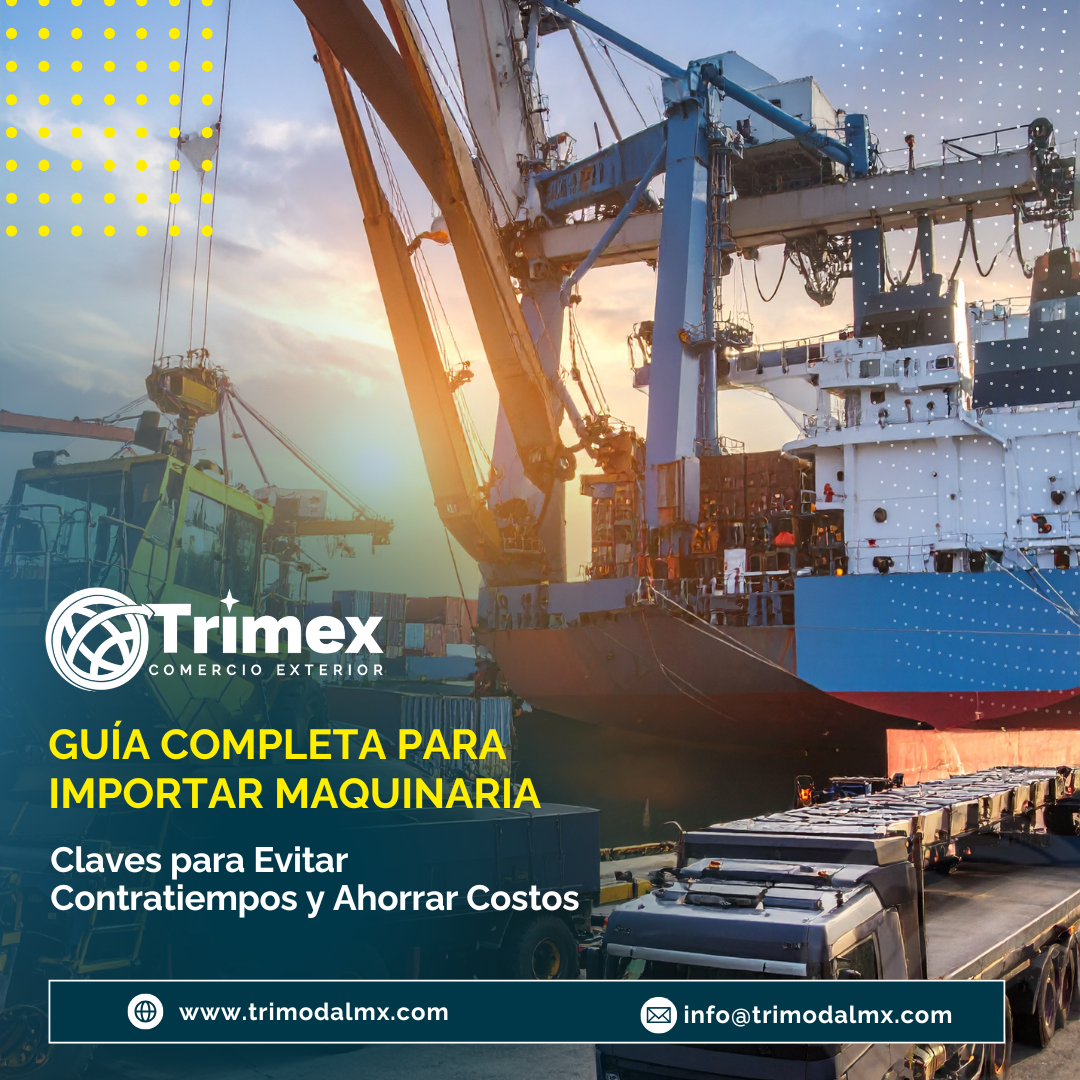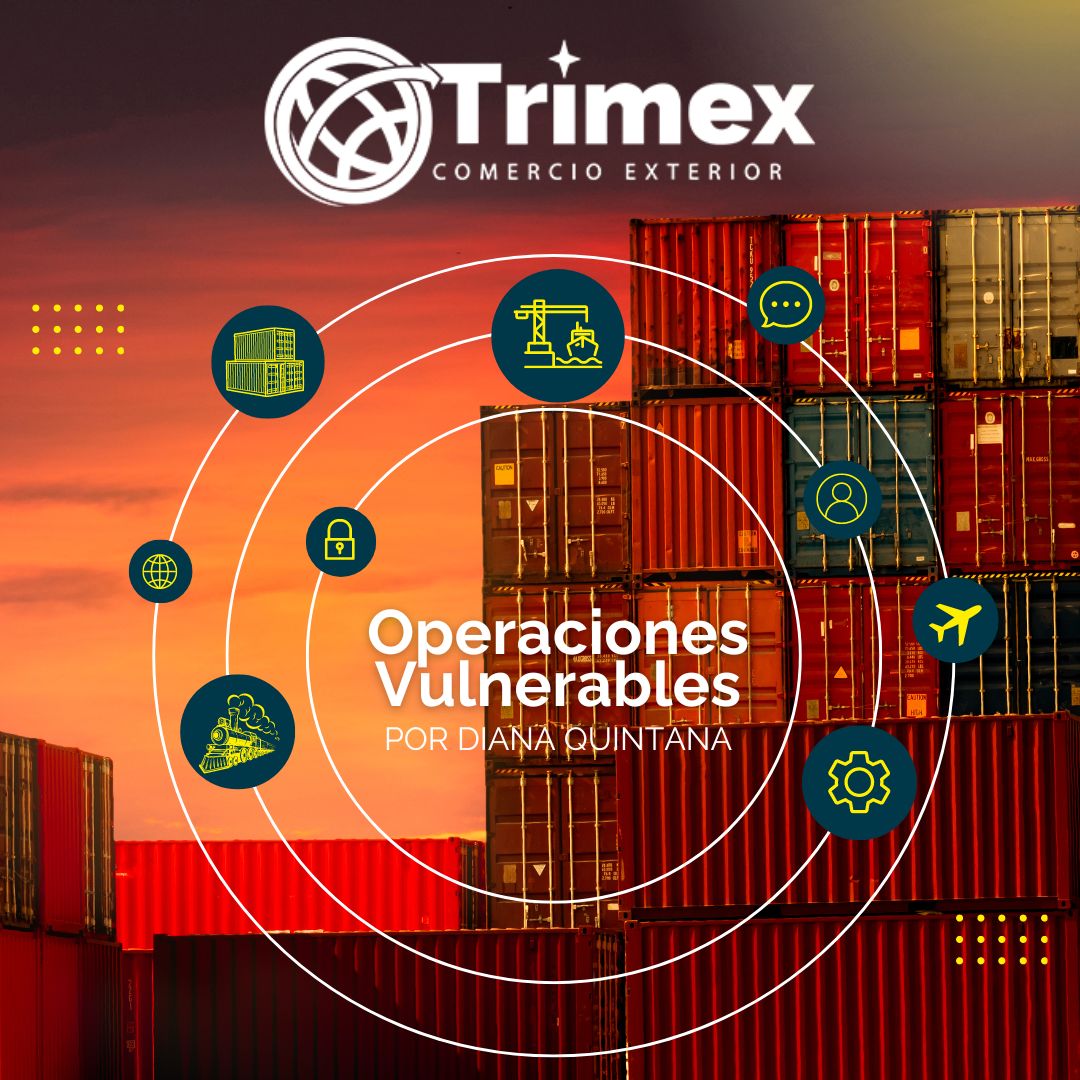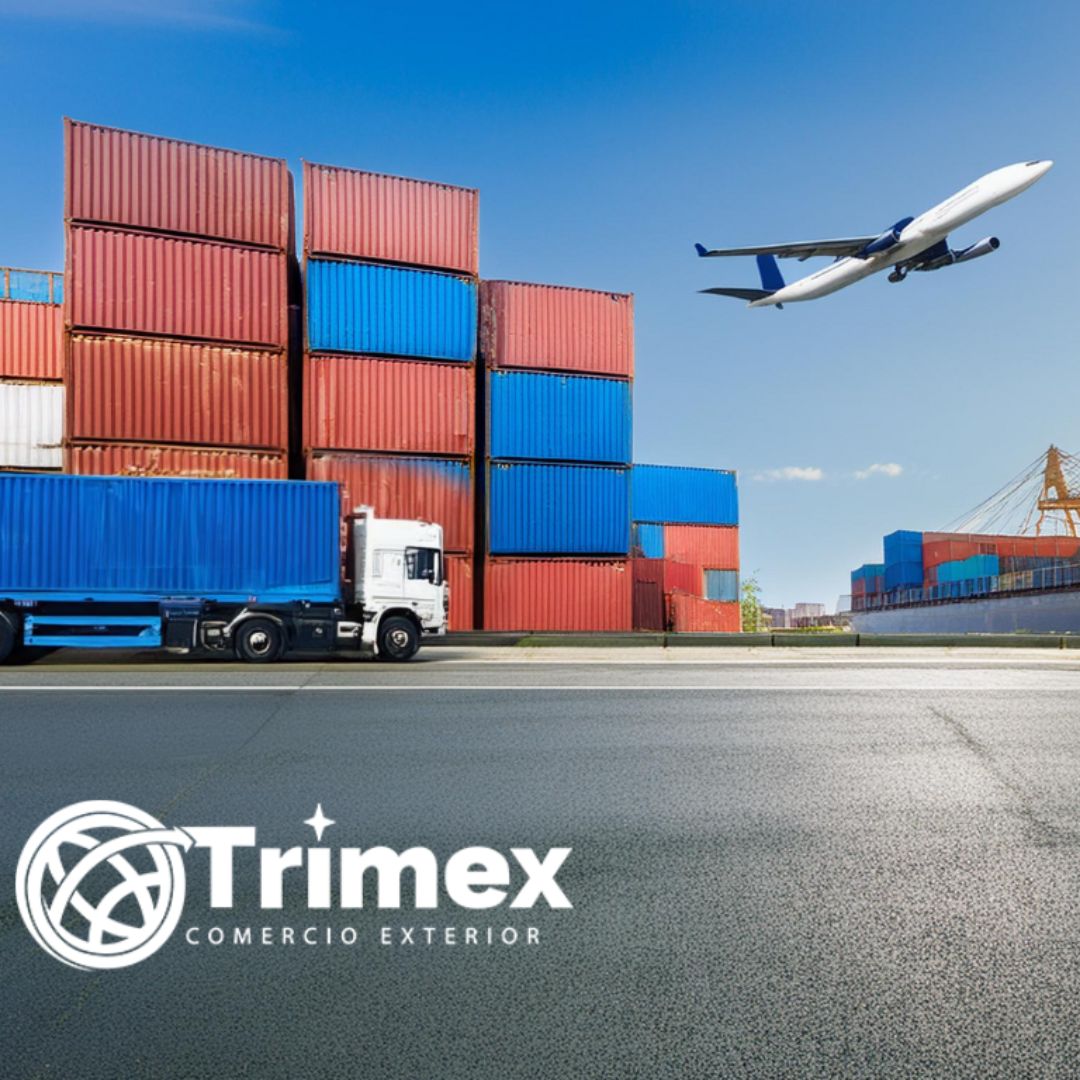Complete Guide to Importing Machinery: Key Tips to Avoid Delays and Save Costs

Complete Guide to Importing Machinery: Key Tips to Avoid Delays and Save Costs
Importing machinery is a crucial step for industries looking to modernize and boost productivity. However, this process can be complex due to specific regulations and legal requirements. That’s why, in this guide, we’ll walk you through the essential steps to import machinery efficiently and without setbacks.
1. Choosing the Right Foreign Supplier: The First Critical Step
Selecting a trustworthy supplier is essential for a successful import. Here are some key tips:
- Research their reputation: Check reviews, certifications, and success stories on platforms like Alibaba, ThomasNet, or Kompass. Look into industry chambers or associations for verified suppliers. You can also contact the trade offices of embassies in your country of interest.
- Request samples and visit the factory: Assess the equipment’s quality and verify the manufacturing process.
- Check certifications and compliance: Make sure the machinery meets standards such as CE, UL, or ISO.
- Review sales terms: Carefully examine payment conditions, delivery timelines, and return policies.
- (Defining Incoterms during negotiations is crucial, as they determine who bears the costs and risks of transportation. For example, EXW (Ex Works) means the buyer assumes all costs and risks from the point of origin, while DDP (Delivered Duty Paid) means the seller is responsible for all arrangements and costs up to final delivery.)
- Be alert to fraud: Scammers are becoming increasingly sophisticated—be skeptical of prices that seem too good to be true and always verify supplier information.
2. Tariff Classification: Avoid Unexpected Costs
Tariff classification involves assigning a numeric code to a product under the Harmonized System (HS) of Tariff Codes. This code determines import taxes, applicable regulations, and required customs documentation.
Why is this important?
- Avoid surprise fees: A misclassification could lead to higher duties or penalties.
- Ensure regulatory compliance: Each product category has specific regulations that must be followed.
- Simplify customs clearance: Accurate classification speeds up the import process.
- Pro tip: Consult a foreign trade specialist to ensure accurate classification.
- Avoid relying solely on supplier-provided codes or unreliable digital tools.
- Remember that spare parts are often classified separately and may be subject to specific rules.
- This process must be completed before purchasing or shipping the equipment.
3. Special Permits and Safety Regulations
Most types of machinery do not require special permits for import. In some cases, they can even be imported without being registered as an importer under Annex 8 of Mexico’s foreign trade rules.
Regulatory options: In addition to Annex 8, programs like IMMEX or Rule 3.1.26 can simplify the import process under certain conditions.
4. Specialized Logistics for Heavy Machinery
Transporting heavy machinery requires careful planning to prevent damage and delays.
- Mode of transport: Choose sea, land, or air depending on the size, weight, and urgency.
- Packaging and protection: Use durable materials and protect equipment from moisture and corrosion.
- Specialized equipment: Lowboy trailers, cranes, forklifts, etc.
- Permit coordination: Most countries require special road permits for oversized loads.
- Tracking and monitoring: Use GPS and logistics management software.
- Pro tip: Hire a specialized logistics provider to oversee every stage of the transport and compliance process.
5. Maintenance and Spare Parts: Efficient Import Strategy
Technical support is key to getting your machinery up and running. In many cases, suppliers send expert technicians for installation and calibration.
If technicians bring tools or support equipment, it’s best to use an ATA Carnet, an international customs document that allows temporary entry of goods without paying duties or taxes.
Plan this together with your customs broker or trusted trade consultant.
It’s not just about importing the machine—it’s about ensuring it operates continuously.
- Reliable suppliers: Ensure availability and quality of spare parts.
- Clear descriptions: Helps with tariff classification and customs clearance.
- Strategic storage: Minimize downtime during technical issues.
- Important note on spare parts: Not all items can be classified as accessories of the main equipment. Many parts (e.g., screws, bolts) must be classified individually and may face specific regulations.
6. The Importance of Efficient Customs Planning
Proper customs management can significantly impact cost, time, and compliance.
Working with specialized advisors helps you avoid common mistakes and optimize the import process from start to finish.
Conclusion
Importing machinery is a key investment for business growth. By following these steps—and working with trade and logistics experts—you can optimize costs, reduce risks, and streamline the process.
???? Want personalized advice on streamlining your machinery imports?
Reach out to us at info@trimodalmx.com — we’re here to help!




.png)

